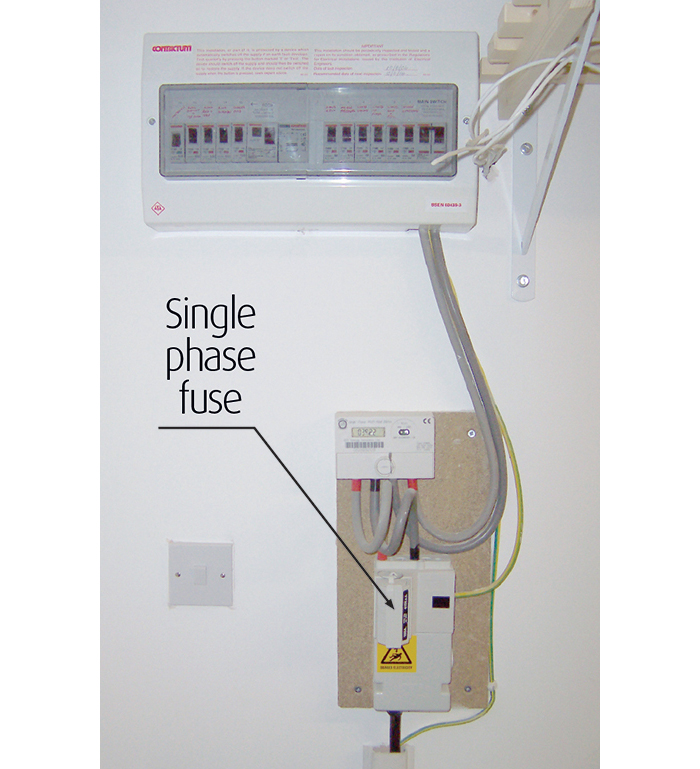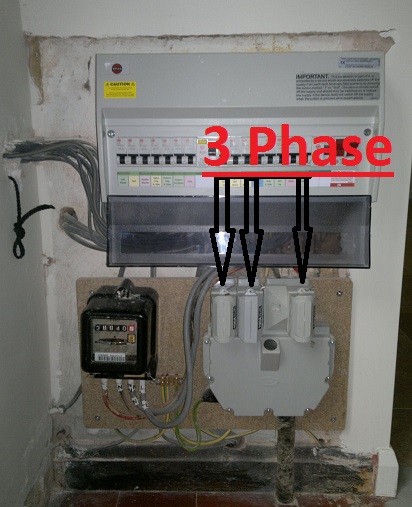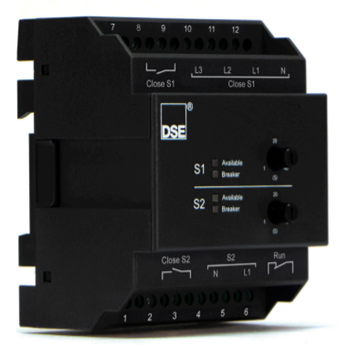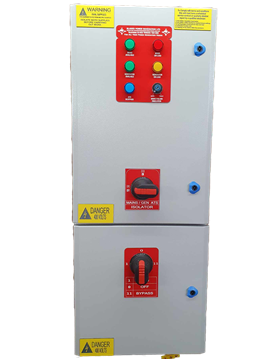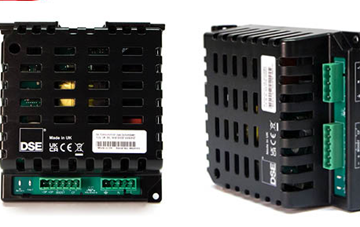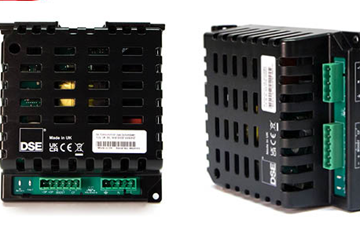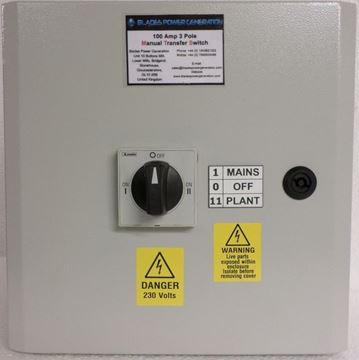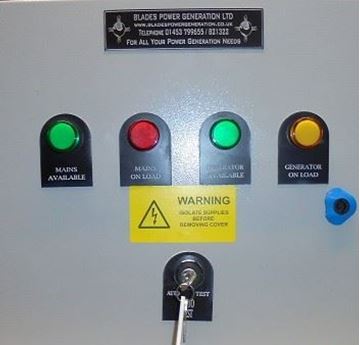- Register
- Log in
- Wishlist (0)
-
Shopping cart
(0)
You have no items in your shopping cart.
Search
Machine and power (Watts) required to run
| Flourescent Lamp | 60 | 5” Angle Grinder | 750 |
| Light Bulb | 100 | Hair Dryer | 1000 |
| Video | 100 | Lawnmower 10” Hover | 1000 |
| Palm Sander | 175 | 5" Circular Saw | 1000 |
| Fridge* | 200 | Router | 1000 |
| Slow Cooker | 200 | Belt Sander | 1020 |
| Radio / Hi-Fi | 200 | Vacuum Cleaner | 1100 |
| Colour TV | 250 | Coffee Maker | 1200 |
| Central Heating Pump | 300 | Steam Iron | 1250 |
| VDU | 300 | Cement Mixer* | 1320 |
| Strimmer 10” | 350 | Chain Saw 10”-16” | 1500 |
| Printer | 350 | 600W Microwave | 1500 |
| Jigsaw | 400 | Portable Heater | 1500 |
| Bench Grinder | 400 | Hot air gun | 1500 |
| Computer | 400 | Photocopier | 1600 |
| 13mm Drill | 450 | 8" Floor sander | 2000 |
| Orbital Sander | 450 | Compressor* | 2200 |
| Hedge trimmer | 500 | 12” Angle grinder | 2500 |
| Flood lamp | 500 | Hammer drill | 2500 |
| 4” Angle grinder | 550 | Kettle | 2500 |
| 1/3 HP Airless Sprayer | 600 | Fan heater | 3000 |
| Telefax | 600 | Pressure washer | 3500 |
| Deep freeze | 700 | Arc welder 130A | 3500 |
| Planer | 700 | Washing machine | 4000 |
| * see motor starting (below) | |||
| Motor Starting | |||
| Motor Starting is an important consideration when buying a generator. | |||
| Keep in mind that induction type motors, like those that run sump pumps, refrigerators and compressors , typically | |||
| require 2 to 3 times their listed running watts to start. | |||
| Below is a chart you can use to determine how many Watts you will need to start up motors of various sizes and types. | |||
| NB Power tools use a universal commutator that do not require any additional start up power. | |||
| Motor Size H/P | Running Watts | Watts Req. to Start Motor | |
| 1/8 | 275 | 850 | |
| 1/6 | 275 | 850 | |
| 1/4 | 400 | 1050 | |
| 1/3 | 450 | 1350 | |
| 1/2 | 600 | 1800 | |
| 3/4 | 850 | 2600 | |
| 1 | 1100 | 3300 | |
| 2 | 2200 | 6600 | |













